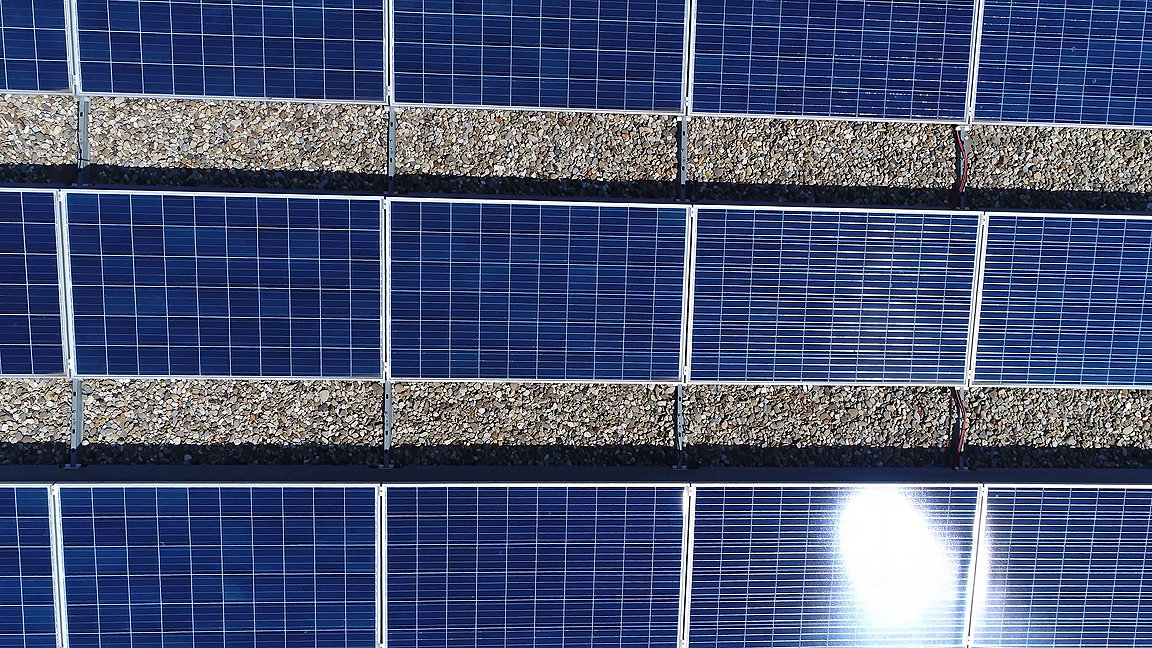
Due for publication in 2024, version 7 of BREEAM aims to account for embodied carbon in building performance assessments, helping owners and developers make more informed decisions about the materials and products they use and also meet environmental targets.
It will in addition include the first modular update across multiple BREEAM schemes, introducing improved energy and carbon science for new construction, buildings in use, and refurbishment and fit-out projects.
BREEAM V7 is designed to align with BS EN 15978-1 Sustainability of construction works – Methodology for the assessment of performance of buildings wherever possible, supporting customers in making decisions about materials and products based on embodied carbon, and providing a holistic view of an asset's carbon performance.
The update will feature more ambitious requirements to reduce operational carbon emissions and use of grid electricity over time to meet carbon budgets.
Third-party-certified data collected in V7 will reassure customers that their buildings are performing to benchmark, and prepare them for the increasing visibility of their trajectory towards net-zero performance.
It will also help align their buildings with the Paris Agreement objective to limit global warming to 1.5°C.
The new version will address whole-life carbon as well, enabling users to measure and report on operational as well as embodied carbon emissions, demonstrating to owners whether their buildings are on track for net zero.
Data quality improvements also play an important role in the V7 update. Collective efforts by RICS, BRE and a number of other organisations created the Built Environment Carbon Database, which V7 will continue to support.
This emphasises the importance of collaboration between key stakeholders to achieve sustainability in the built environment.
By advancing industry best practice, BREEAM V7 will help to ensure that sustainability assessments are transparent, accountable and consistent, enabling benchmarking across various asset types and portfolios.
A highlight of this updated version will be better alignment of all BREEAM schemes with the EU taxonomy for environmental, social and governance issues, the classification framework within which large companies need to report their activities.
This will not only ensure companies comply with EU regulations but also provide them with evidence they must disclose about the proportion of their economic activities that align with the taxonomy.
Like RICS, BRE seeks to engage with policymakers to help shape the built environment in line with our shared principles – establishing a more transparent and equitable relationship between investors and those who help them procure greener assets.
V7 also includes increased granular data collection, and alignment of this across BREEAM life-cycle products.
A standardised question library will allow schemes and modules to be updated easily in the future, and ensure data collected through assessments remains relevant and accurate across buildings' life cycles.
Collecting granular data will also enable further analysis for insights and benchmarking, allowing customers to better understand their buildings' performance, and influencing the development of best practice.
Improved data accessibility empowers customers when it comes to making informed decisions, and fosters greater transparency when demonstrating performance for investors, owners and tenants.
In BREEAM's commitment to continuous improvement, V7 also reviews site visit requirements. While maintaining robustness and credibility, BREEAM acknowledges that technological advancements could streamline physical site visits.
This would not only reduce costs for customers but also minimise the carbon footprint associated with physical assessments.
BRE recently consulted the industry to ensure V7 reflects the latest science on net-zero carbon and developments in international regulation. It will analyse these views over the next few months to ensure that customers' needs are reflected in the published version.
With the built environment estimated to be responsible for around 40% of global carbon emissions, RICS is championing sustainable practices across the built and natural environment. We are also empowering professionals to embed sustainability considerations into the way they work and better measure environmental impacts.

BUILT ENVIRONMENT JOURNAL
David Greenwood and Arpan Gupta 23 April 2024
BUILT ENVIRONMENT JOURNAL
Neil Hope-Collins 16 April 2024
PROPERTY JOURNAL
Zhana Lennox MRICS 12 April 2024